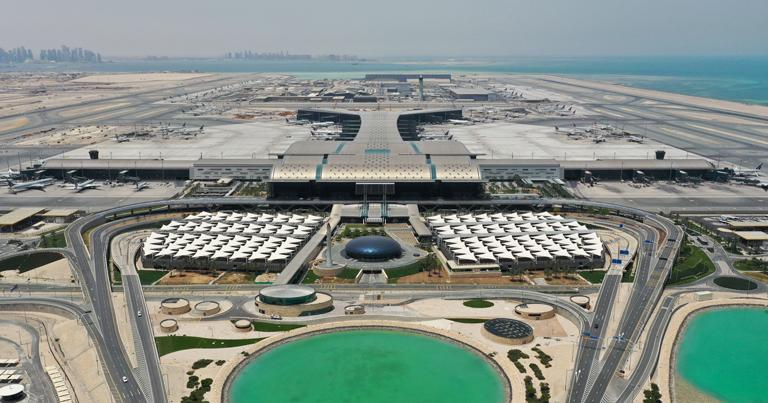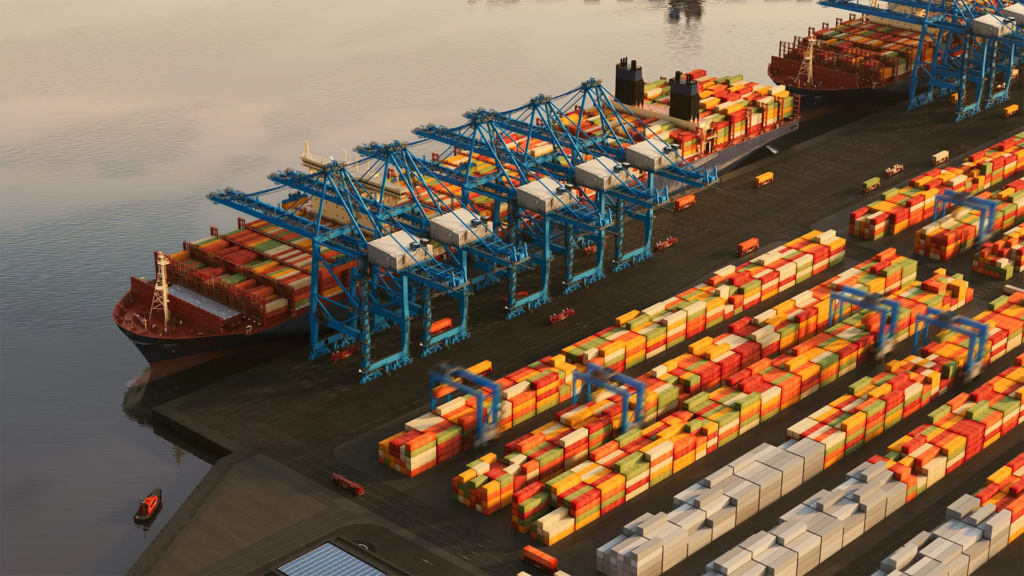Digital twin technology is rapidly transforming Qatar’s port facilities into highly efficient, predictive, and intelligent logistics hubs. By creating virtual replicas of physical port assets ranging from cranes and docks to entire terminals, Qatar’s ports are harnessing data like never before. This approach enables smarter decision making, enhanced performance, and a more resilient maritime infrastructure.
What Is a Digital Twin?
A digital twin is a real time virtual representation of physical assets and systems. It collects data from sensors and operational sources, reflecting every detail of the physical entity. This dynamic model can simulate scenarios, monitor usage, and predict maintenance needs, bridging the gap between the physical and digital worlds to empower decision makers.
Key Advantages for Qatar’s Ports
By adopting digital twins, Qatar’s port facilities enjoy several critical benefits.
Smart predictive maintenance ensures equipment like cranes, trucks, and conveyor belts remain in peak condition, reducing downtime and costly repairs.
Optimisation of workflows improves vessel berthing, cargo handling, and truck movements, leading to smoother operations and faster turnaround.
Digital twin simulations optimise layout planning by testing configurations in the virtual space before implementing changes physically.
Safety and environmental control are enhanced as virtual modelling helps detect overload risks and environmental impacts before they occur.

Real World Implementations at Qatar Ports
In Qatar, major ports have embraced digital twins to support growing maritime traffic. Terminal operators now monitor thousands of sensors feeding live data into virtual models, enabling real time visibility into operations.
Asynchronous vessel arrival forecasts let terminal planners prepare berths ahead of time, reducing waiting periods for ships. Cargo flows are balanced, and equipment utilisation is maximised throughout the day.
Digital twins also model potential disruptions from equipment failures to weather impacts and suggest proactive measures to mitigate delays.
Empowering Staff with Data Driven Insights
Qatar’s port workforce benefits from digital twin dashboards providing intuitive visualisations. Operators see heat maps of congestion, equipment status updates, and predictive alerts before challenges arise.
Training teams can engage with simulations representing real environment conditions, speeding up on boarding and honing operational skills in a safe virtual space.

Fueling Sustainability and Environmental Goals
Environmental monitoring powered by digital twins helps ports track emissions, energy consumption, and waste generation. By modelling energy flow and proposing improvements, virtual replicas help align operations with Qatar’s environmental objectives.
Fuel usage on cargo handling equipment can be analysed, with optimisation strategies suggested to reduce emissions while cutting costs. As a result, ports are gaining both ecological and economic benefits.
Boosting Collaborations and Supply Chain Efficiency
Digital twins do not just help internally, they connect port authorities, shipping lines, freight forwarders, and truck operators through shared virtual platforms.
Collaborative decision making becomes seamless as all stakeholders work from the same real time model, reducing confusion and optimising supply chain performance from ship to shore.
Measuring the Impact
Since deploying digital twins, Qatar’s ports have seen measurable improvements. Berth productivity has increased, vessel turnaround has accelerated, unexpected downtime has declined, and overall throughput capacity has grown.
Digital twins also deliver cost savings by enabling targeted maintenance and optimised resource allocation, making predictable budgeting a reality.
The Road Ahead for Qatar Ports
As Qatar continues its maritime expansion, digital twin platforms will evolve to integrate AI, machine learning, and predictive analytics. Future possibilities include fully autonomous operations, automated vessel guidance systems, and advanced simulation of emergency scenarios.
5G connectivity, edge computing, and IoT integration will further enhance the precision and responsiveness of digital twins, helping Qatar’s ports scale alongside global trade demands.
A Human Perspective Port People Behind the Tech
Behind the innovation are real human stories. Crane operators now receive early alerts before equipment issues arise, planners can adjust berth schedules without chaos, and environmental teams are empowered to track emissions in real time. All are experiencing lower stress, higher job satisfaction, and a growing sense of pride.
Do follow Gulf Magazine on Instagram.
Also Read – Qatar Virtual Assistants Revolutionise Government Kiosks for Faster Public Services



